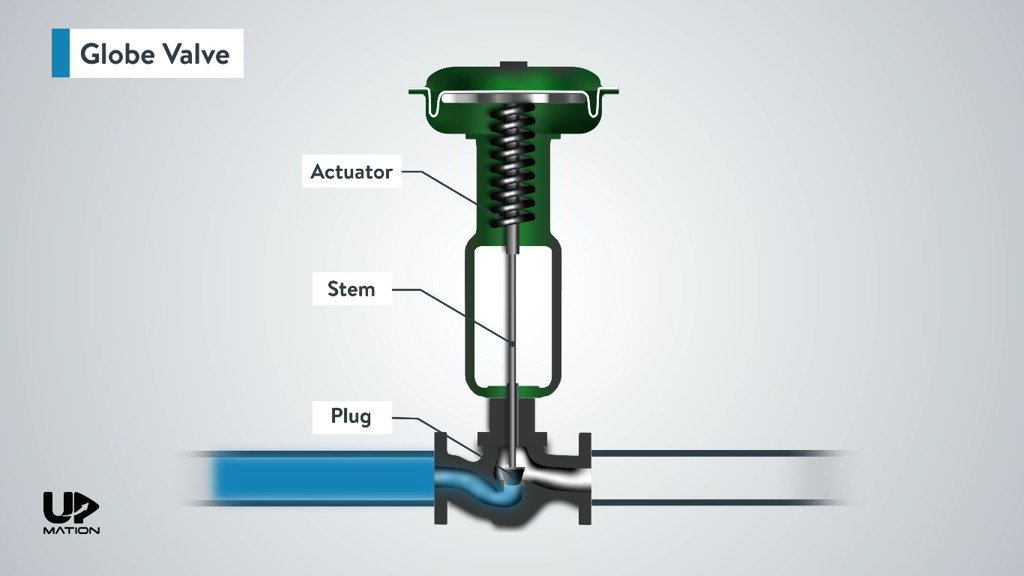Innovative Control Valves: Enhancing Accuracy and Integrity
Innovative Control Valves: Enhancing Accuracy and Integrity
Blog Article

Maximize Power Savings and Convenience With Advanced Building Automation Controls
In the realm of modern-day design and center management, the combination of sophisticated structure automation manages stands as a pivotal improvement. By utilizing the power of automation, buildings can adapt, react, and advance in ways that were when unthinkable.
Power Performance Advantages
Power efficiency benefits can significantly reduce energy consumption and functional costs in structures. Energy-efficient systems, such as advanced structure automation controls, can enhance the use of sources like cooling, home heating, and lighting, leading to reduced power costs over time.
In addition, improved power performance can lengthen the life expectancy of structure devices and systems. By running much more efficiently, cooling and heating systems, lighting components, and various other building parts experience much less wear and tear, resulting in reduced maintenance and substitute expenses. Additionally, energy-efficient structures commonly command higher residential or commercial property worths and rental prices, supplying lasting economic benefits to owners.
In addition, power effectiveness can improve owner comfort and efficiency. Properly regulated indoor environments with ideal lighting and thermal conditions develop a more pleasant and helpful work area, causing enhanced worker contentment and efficiency. On the whole, the power performance advantages linked with sophisticated structure automation controls are complex, incorporating price savings, environmental stewardship, and occupant wellness.
Improved Convenience Control
Enhancing convenience control in structure atmospheres calls for a sophisticated combination of innovative automation systems for optimal passenger health. By utilizing sophisticated structure automation controls, facilities can customize the indoor atmosphere to fulfill the particular demands and preferences of passengers. These systems enable exact policy of illumination, temperature, and air flow, developing a comfy and effective atmosphere. Occupant complete satisfaction and performance are carefully connected to thermal comfort, making it crucial to have systems in position that can adapt to changing conditions in real-time.
Improved convenience control goes beyond basic temperature level adjustments. It includes functions such as personalized settings, tenancy sensing units, and all-natural light use to produce a responsive and vibrant environment. By integrating these innovative controls, structures can not just improve comfort yet likewise boost energy effectiveness by enhancing system procedures based upon real tenancy and use patterns. Inevitably, focusing on occupant convenience through innovative automation systems causes a much more enjoyable and healthier interior environment.
Operational Performance Improvements

Moreover, the execution of real-time tracking and analytics tools makes it possible for structure drivers to identify power inadequacies and functional abnormalities without delay. By constantly keeping an eye on power usage patterns and system performance metrics, changes can be made in real-time to maximize energy intake and guarantee peak functional efficiency. control valves. Furthermore, including need reaction approaches into building automation controls can better enhance operational performance by dynamically changing power usage based upon grid conditions and rates signals
Indoor Environment Optimization
Reliable indoor climate optimization is an essential element of structure automation controls, ensuring occupants' convenience and well-being while optimizing energy financial savings. By using innovative sensing units and controls, building automation systems can constantly readjust and check temperature, moisture degrees, air top quality, and ventilation to produce an optimal indoor environment. Preserving constant and comfy problems not just enhances passenger satisfaction but likewise improves efficiency and general health.
Interior climate optimization also plays an important function in energy efficiency. By fine-tuning heating, ventilation, and cooling systems based on real-time information and tenancy patterns, constructing automation controls can substantially reduce power consumption - control valves. Carrying check here out techniques such as demand-controlled ventilation and thermal zoning can aid decrease power waste while making sure that each area of the building obtains the essential conditioning.

Lasting Environment Development
Structure automation manages not just optimize indoor environment problems for power performance and passenger comfort but also lay the structure for developing a sustainable setting through calculated administration of resources and systems. By incorporating innovative structure automation technologies, such as sensing units, actuators, and smart software application, facilities can readjust and keep an eye on energy usage in real-time to reduce waste and minimize their carbon footprint. These systems make it possible for anticipating upkeep, determining possible problems before they escalate and enhancing tools efficiency to improve durability and effectiveness.
Additionally, lasting atmosphere creation prolongs beyond power administration to encompass water preservation, waste reduction, and interior air high quality improvement. Structure automation controls can manage water use, detect leakages, and ensure correct garbage disposal techniques, adding to overall sustainability efforts. Additionally, by checking and regulating ventilation and purification systems, these innovations improve resident health and performance while lowering energy consumption related to a/c procedures.
Verdict
In verdict, advanced building automation regulates deal substantial advantages in terms of power financial savings, convenience control, functional effectiveness, indoor climate optimization, and producing a lasting environment. By carrying out these controls, buildings can attain ideal performance while minimizing power consumption and enhancing occupant convenience. It appears that making use of innovative automation innovation is essential in improving structure efficiency and developing an extra lasting future.
Energy efficiency benefits can dramatically reduce energy usage and functional expenses in structures. In Source general, the power effectiveness advantages connected with sophisticated structure automation controls are diverse, encompassing price savings, environmental stewardship, and owner wellness.
In addition, including need action techniques into structure automation controls can better boost functional effectiveness by dynamically adjusting power use based on grid problems and prices signals.
Structure automation regulates not just maximize interior environment problems for energy efficiency and occupant address comfort yet additionally lay the structure for producing a sustainable atmosphere through calculated management of resources and systems.In verdict, progressed structure automation manages offer significant benefits in terms of power financial savings, comfort control, functional performance, interior climate optimization, and creating a lasting environment.
Report this page